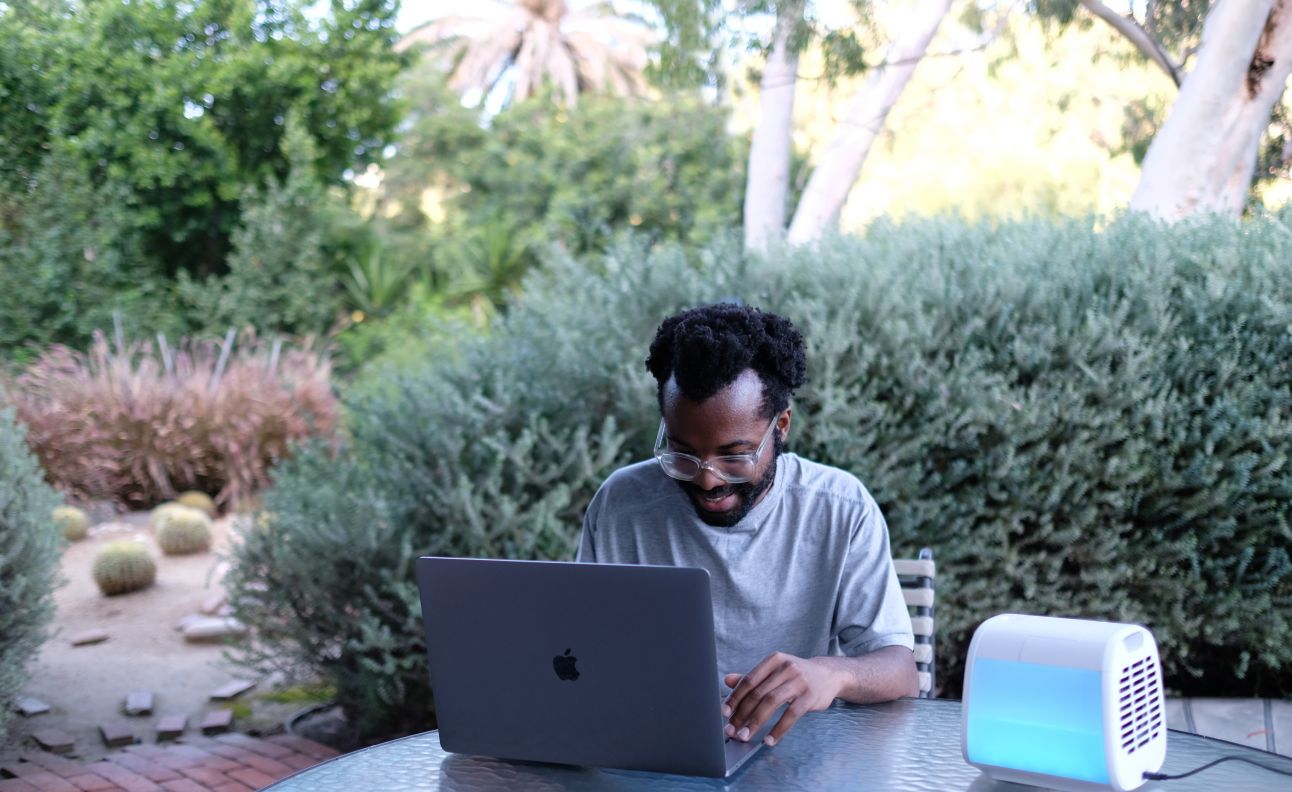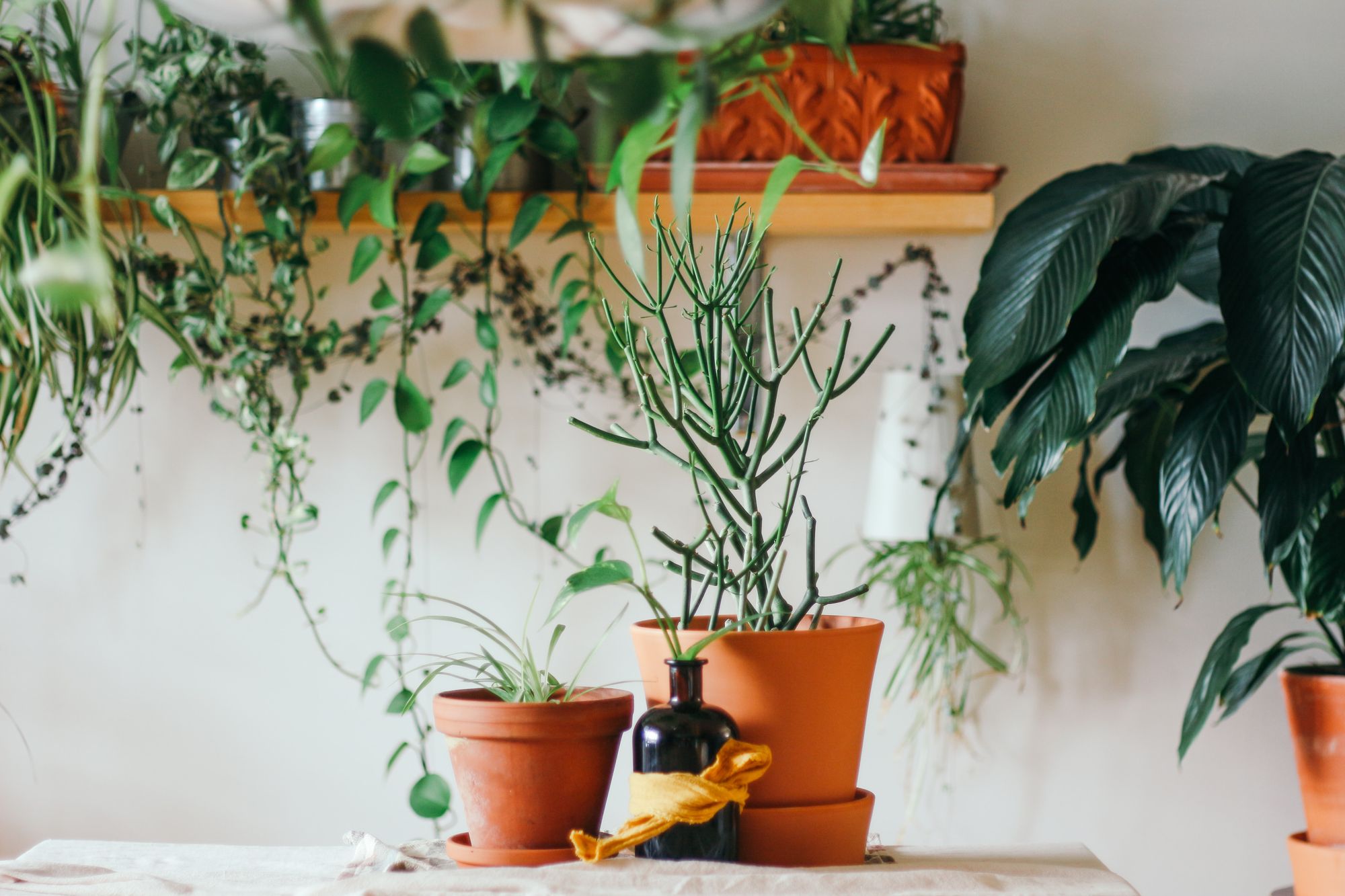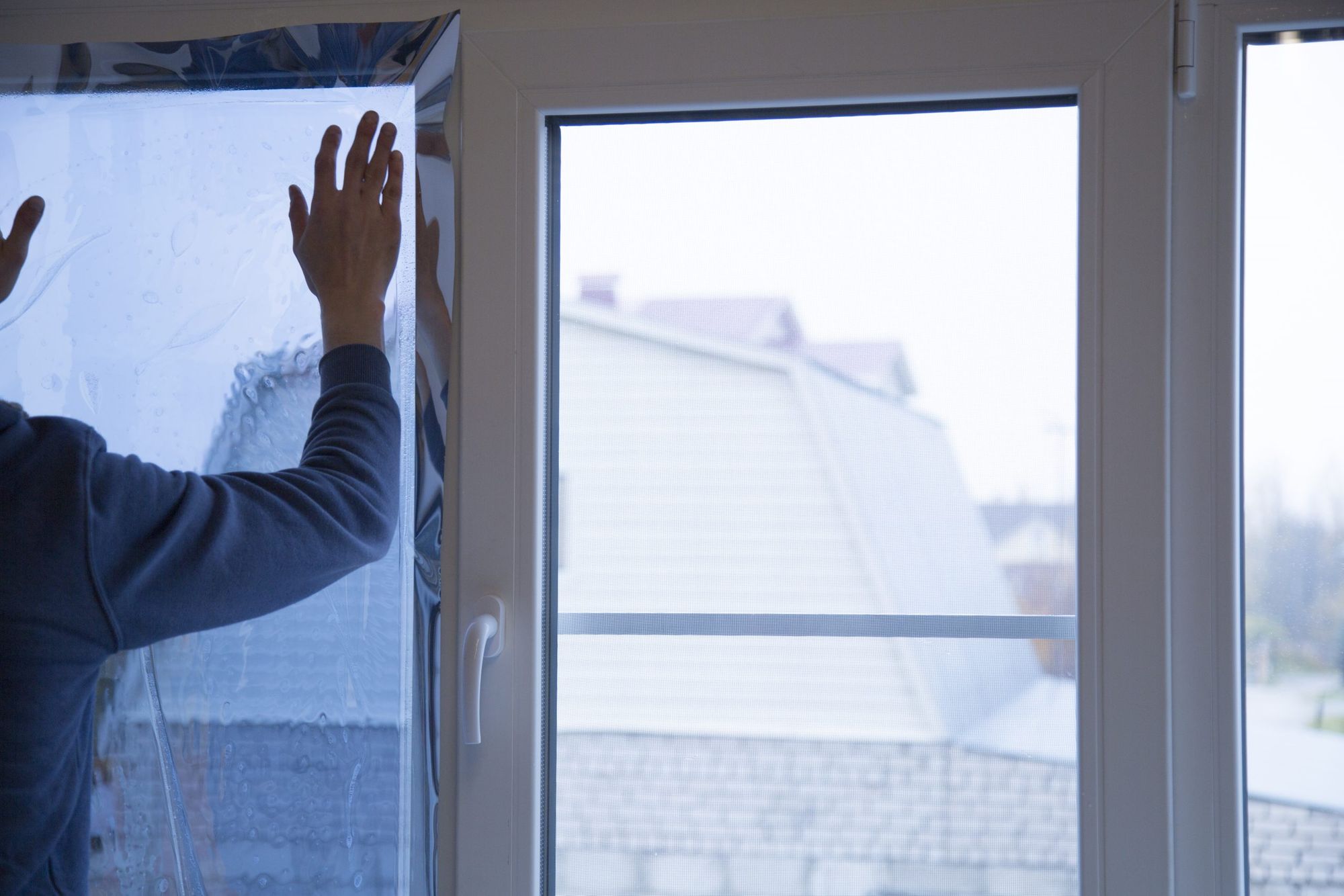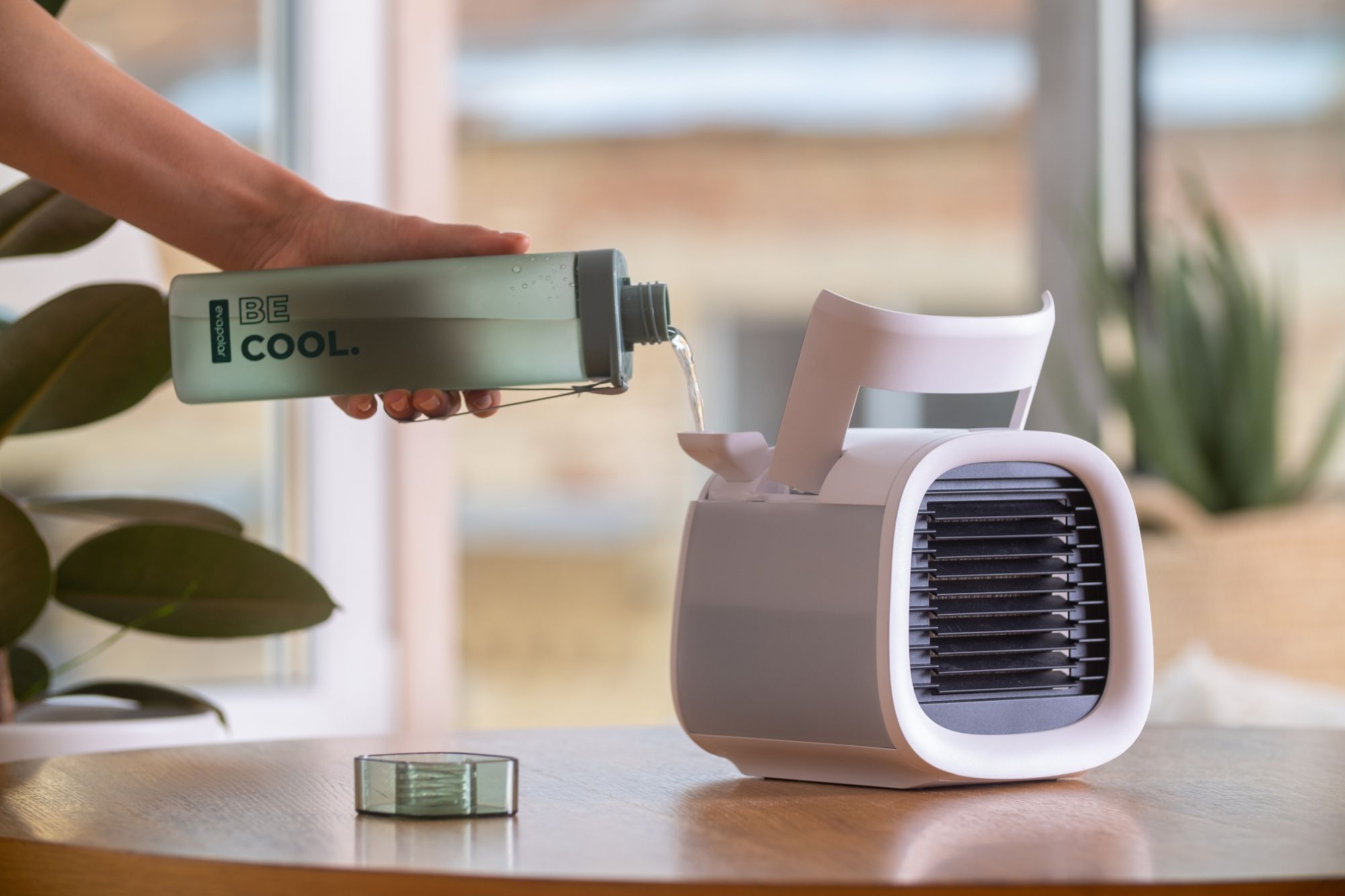What if you didn't have to choose between eco-friendly and efficient ways to keep the house cool? There are many ways to cool your place in summer, from proven old-school methods and eco-friendly cooling tips to modern "green" devices.
At Evapolar, we care deeply about environmental impact. Our engineers work to make cooling affordable, effective, and eco-friendly. We are proud to be using evaporation — the most healthy and natural way of cooling out there. Evapolar devices consume only 7 to 12W, which is 100 times more energy-efficient than a regular AC — another contribution on our side to a greener planet.
This article will give you 18 reliable and eco-friendly ways to cool your home or make your existing cooling methods more efficient in extreme heat. We reached out to sustainability experts across North America, from Broomfield, CO, to Toronto, ON, to get their best advice.
Let's dive right in.

Best portable personal cooling devices
1. Tint your home’s windows. Living in the Southeast means we deal with hot summers. One of the best eco-friendly ways to cool your home was to tint the windows of our house. Not only do they offer more privacy to our home, but they also keep the sun’s heat out. We love that we can still see through the windows, unlike when you hang curtains or blinds. – So Easy Being Green
2. Plant native or edible (non-invasive) vines on the south side of your home. This can be done on trellises, an arbor, or in pots with strings for the vines to climb up. This may include native honeysuckle, hops, green beans, hardy kiwi, and more. Vines offer an advantage over trees as many tend to grow fast—and can work well for any type of home. – Great Ecology

3. Use fans or air coolers for nighttime cooling. When night temperatures drop below indoor temperatures, the idea is to pull out the indoor air and replace it with outside air. Open windows, use window fans or have a central whole house fan installed. Besides saving on electric bills, you will also benefit from fresher air and lower carbon dioxide levels. How to cool your home in summer? Do it during the night! – AirScape
4. Set your ceiling fan's direction counter-clockwise. Set your ceiling fan's direction counter-clockwise to cool a room without blasting the air conditioner to create more circulation. If that's not an option, try an oscillating fan, which has a similar effect by continuously changing the airflow direction. Pour yourself a cold beer* if it's still too warm; it may not cool the room off much, but it should temporarily take your mind off the heat. – Ecofriendly Beer Drinker
*Drink responsibly! Alcohol consumption is dangerous for you.

5. Create vertical gardens in your home. Living walls are aesthetically pleasing, and they can also help improve the air quality and reduce the ambient temperature. Plants can directly reduce heat by the transpiration process to create a cooler ambient temperature. This is another way to keep your house cool in the summer. – Watex Green Living
6. Compost the garden every spring and fall. This is critical to the moisture-holding capacity of your garden. The soil temperature can be ten degrees or warmer than the air temperature in warm months. Having soil that holds moisture cools the soil that surrounds your home and gives vitality to the trees and plants that shade your home, creating a win-win in coolness. – Malibu Compost
7. Unplug electronic devices and chargers when not in use. Here's another awesome eco-cooling way for your home in the summer. Did you know those electronic devices that are plugged in generate unnecessary heat? This is bad news both for you and the planet. If you’re not using them, unplug them. – Evapolar

8. Use a power strip to turn off multiple electronics at once. This will make it much easier to unplug devices and chargers when not in use. – Reduce Energy Use DC
9. Cool your home using 100% renewable energy. Nearly all air conditioners run on electricity, which means it is theoretically possible for you to cool your home using 100% renewable energy. Most grid electricity is generated from non-renewable sources like natural gas and coal. But 15 states have deregulated energy markets and allow residential customers to choose their energy supply. So even if you can’t put solar panels on your roof, many of us can still select a 100% renewable electricity supply if your state’s electric utilities are deregulated to allow for customer choice. – Sustainable Summer

10. Avoid running high-powered appliances until nighttime. This tip is for you if you don't know how to cool a house in the summer. This can include the washer, dryer, dishwasher, and stove. When you use them at night, you can open your windows to let the heat escape. Vacuum cleaners and other appliances can also put out a lot of heat, so do that in the evening. – Sustainable Broomfield
11. Fight the humidity and purify the air by diffusing cold water. Fill an aromatherapy diffuser with cold water and add a few drops of essential oil. We suggest peppermint essential oil because when it is diffused into the air, its menthol property can trigger and activate the receptors in your body responsible for feeling cold. You can also apply a drop (diluted with water) to the back of your neck for an extra cooling effect. – Green Living Show
12. Naturally cool a room with plants. They consume hot air through respiration, adding water vapor to the air through transpiration, increasing humidity, and cooling the room. Plus, they look nice and can block incoming sunlight in windows, and bonus points for sequestering carbon. – Ocean Conservancy

13. Get creative with an ice chest and a fan. When the electricity goes out in the summer, my favorite way to cool down is to fill a portable ice chest or sizeable shallow tub with ice cubes and place the fan behind it, angled downward. What works even better is cutting holes in the top of an old cooler to accommodate one small portable fan and one 2-inch diameter 90-degree PVC connector at either end. Fill the cooler with ice, place the fan face down over the top of the larger hole and the PVC connector in the smaller hole to get the fan to blow air over the ice and out of the pipe to cool your room even on an intensely hot day. – Green and Prosperous
14. Install blinds or energy-efficient shades. For the optimal window treatment, install shades or blinds on your windows. They provide privacy and help heighten your home's aesthetics and keep the sun at bay so your home can stay cool anytime. Cellular shades are an incredibly effective window treatment, as they help provide a thermal buffer between the rooms in your house, keeping heat out during summer. – Blindster
15. Install awnings on south-facing windows. This is a recommendation directly from the government. An awning is a roof-like shelter installed on a home's exterior that shades windows from the sun's heat and glare. Window awnings can reduce solar heat gain in the summer by up to 65% on south-facing windows and 77% on west-facing windows. You can use an awning to shade one window or have an awning custom-made to shade the entire side of your house. – Energy.gov
16. Use eco-friendly sun protection film (window tinting). House window tinting film filters UV radiation, solar heat, and glare. This means you'll simultaneously be cooler and protected from UV radiation on sunny days. House window tinting can filter anywhere from 40% to 71% of the solar and thermal energy coming through your windows. This can make a massive difference to your home's overall temperature. — AllCoolWindowFilms

17. Insulate the attic if you have one. An uninsulated attic in the summer is like an oven heating the rest of your home from the top down. Insulation can reduce how hot it gets up there, but, more importantly, it prevents heat from spreading to the rest of the house, resulting in a 20-60% energy savings. — BellBrosHVAC
18. Consider cooling options during construction. Keeping yourself cool starts during the construction phase of the house by choosing the lighter colors for the exterior and doing some creative yard planning. Also, solar energy comes into play since the profile of electricity demand for space cooling generally matches (to some degree) that of solar energy output. – Greenline Print
There are eco-friendly ways to cool your home in summer, and with the improvement of existing technologies, these methods are efficient and green.

Modern devices like Evapolar allow you to cool your personal space in a powerful yet gentle way. Even better — many of these methods won't interfere with your home décor and outdoor design. You can customize them to fit your house or choose a minimalist all-fitting device like evaCHILL, for example.
People also ask (FAQ):
1. What are eco-friendly alternatives to air conditioning for home cooling?
Air coolers using evaporation are the best alternative. They create a powerful cooling effect on your personal space without freezing the whole room.
2. Is it possible to cool the house with a portable, eco-friendly cooler?
No, evaporative air coolers are specifically engineered to cool your personal space. However, there are full swamp cooling systems that can be used in the whole house. Portable models, on the other hand, are for you only.
3. Does peppermint or eucalyptus oil help keep the house cool in the heat?
Not really. The "freshness" of the oils helps you change the perception of the heat. This is because the eucalyptol content functions similarly to menthol (mint) within the brain.
The oils won't regulate your body / house temperature.
4. How can Evapolar portable coolers help cool your home in summer?
They can create a perfect cool bubble for you, where you can chill. They help cool your personal space, wherever you are.



